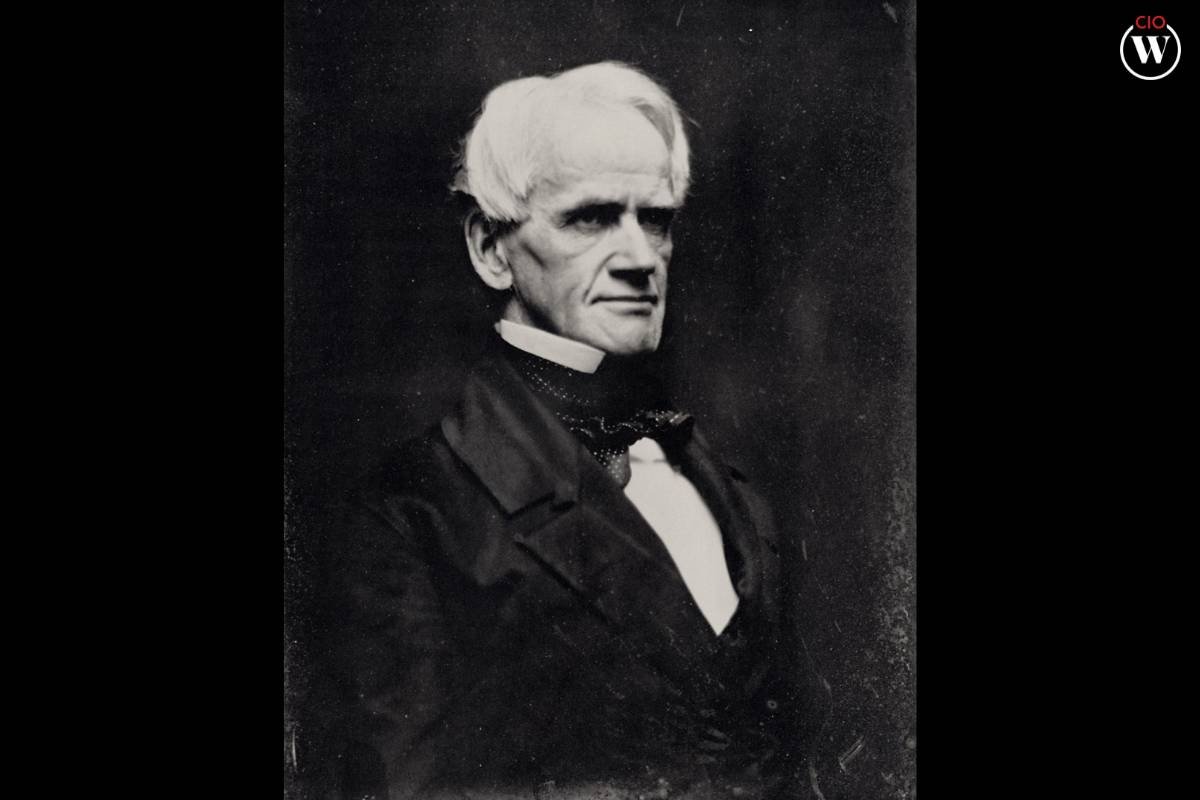In the realm of leadership, various styles have emerged over time, each with its unique characteristics and impact on organizational dynamics. Among these, bureaucratic leadership stands as a notable archetype, characterized by adherence to rules, procedures, and hierarchy. This approach has been both lauded and criticized, with proponents emphasizing its stability and efficiency, while detractors point to its potential for stifling innovation and flexibility. In this article, we delve into famous bureaucratic leadership examples from history, examining their successes, challenges, and enduring lessons.
Here are three famous bureaucratic leadership examples:
1. Bismarckian Governance: A Model of Political Bureaucracy
When we talk about famous bureaucratic leadership examples, one of the most iconic things come from the realm of politics: the administration of Otto von Bismarck, the architect of German unification in the 19th century. Bismarck’s leadership style was characterized by a meticulous attention to detail, a strict adherence to protocol, and a hierarchical organizational structure. As Chancellor of the German Empire under Kaiser Wilhelm I, Bismarck wielded significant power, centralizing authority and implementing policies aimed at consolidating the newly unified nation.

Throughout his tenure, Bismarck demonstrated a keen understanding of bureaucratic processes, utilizing them to effectively govern a diverse and rapidly evolving society. His establishment of a professional civil service, known as the Bismarckian bureaucracy, laid the groundwork for efficient administration and economic growth. However, Bismarck’s rigid adherence to bureaucratic principles also led to challenges, including tensions with other political factions and resistance to social reforms.
Despite these challenges, Bismarck’s bureaucratic leadership left a lasting legacy, shaping the trajectory of modern Germany and influencing subsequent generations of leaders. His emphasis on order, discipline, and strategic planning set a precedent for bureaucratic governance in the 20th century and beyond, underscoring the enduring relevance of this leadership style.
2. Alfred P. Sloan Jr. and the Bureaucratic Evolution of General Motors
Another one of famous bureaucratic leadership examples can be found in the corporate world, exemplified by the tenure of Alfred P. Sloan Jr. as the CEO of General Motors (GM) during the mid-20th century. Sloan’s approach to leadership was characterized by a systematic management style, emphasizing divisionalization, standardization, and hierarchical control. Under his guidance, GM became the largest and most successful automobile manufacturer in the world, pioneering innovations in both production processes and marketing strategies.
Sloan’s implementation of bureaucratic principles within GM transformed the company into a highly efficient and profitable organization. By decentralizing decision-making authority and creating distinct divisions for different product lines, Sloan fostered innovation while maintaining overall control. His emphasis on data-driven decision-making and long-term planning laid the groundwork for GM’s sustained growth and dominance in the automotive industry.

However, Sloan’s bureaucratic leadership also faced criticism, particularly regarding its emphasis on hierarchy and conformity. Some scholars argue that GM’s bureaucratic structure stifled creativity and innovation, leading to missed opportunities and stagnation in later years. Additionally, Sloan’s focus on efficiency and cost-cutting measures sometimes came at the expense of employee morale and organizational culture.
Despite these criticisms, Sloan’s tenure at GM remains a quintessential example of bureaucratic leadership in the corporate sphere. His ability to balance structure with flexibility, innovation with control, underscores the complex dynamics inherent in bureaucratic governance and highlights the importance of adaptability in modern organizations. No doubt this is one of the most famous bureaucratic leadership examples.
3. Horace Mann: Bureaucratic Reform in American Education
Moving beyond the realms of politics and business, bureaucratic leadership has also left its mark on the realm of education, as exemplified by the legacy of Horace Mann, often regarded as the father of the American public school system. Mann’s tenure as Secretary of the Massachusetts Board of Education in the mid-19th century was marked by a commitment to bureaucratic principles, including standardization, centralization, and accountability.
Mann’s efforts to reform education in the United States were guided by a belief in the power of bureaucracy to promote equality, efficiency, and social progress. He advocated for the establishment of common standards, compulsory attendance laws, and the professionalization of teaching, laying the groundwork for the modern public education system. Mann’s bureaucratic approach to education was instrumental in expanding access to schooling and fostering social mobility, particularly for marginalized and underserved communities.

However, Mann’s bureaucratic leadership also faced challenges, including resistance from entrenched interests and ideological opposition to centralized control. Critics argued that his emphasis on standardization and uniformity stifled creativity and diversity in education, leading to a one-size-fits-all approach that failed to meet the needs of individual students.
Despite these challenges, Mann’s legacy endures as a testament to the enduring influence of bureaucratic leadership in shaping public institutions. His commitment to equity, accountability, and systematic reform laid the groundwork for the modern education system, underscoring the transformative potential of bureaucratic governance in addressing complex social issues.
Conclusion
In conclusion, these were the famous bureaucratic leadership examples of Otto von Bismarck, Alfred P. Sloan Jr., and Horace Mann offer valuable insights into the dynamics of bureaucratic leadership and its impact on organizations and society. While each leader faced unique challenges and contexts, their experiences highlight the enduring relevance of bureaucratic principles in navigating complex environments.
By studying these examples, we can gain a deeper understanding of the strengths and limitations of bureaucratic leadership and glean valuable lessons for contemporary leadership practice. As we navigate an increasingly complex and interconnected world, the lessons of history continue to inform and inspire our approach to leadership and governance, ensuring that we build upon the legacies of the past to create a better future for all.









